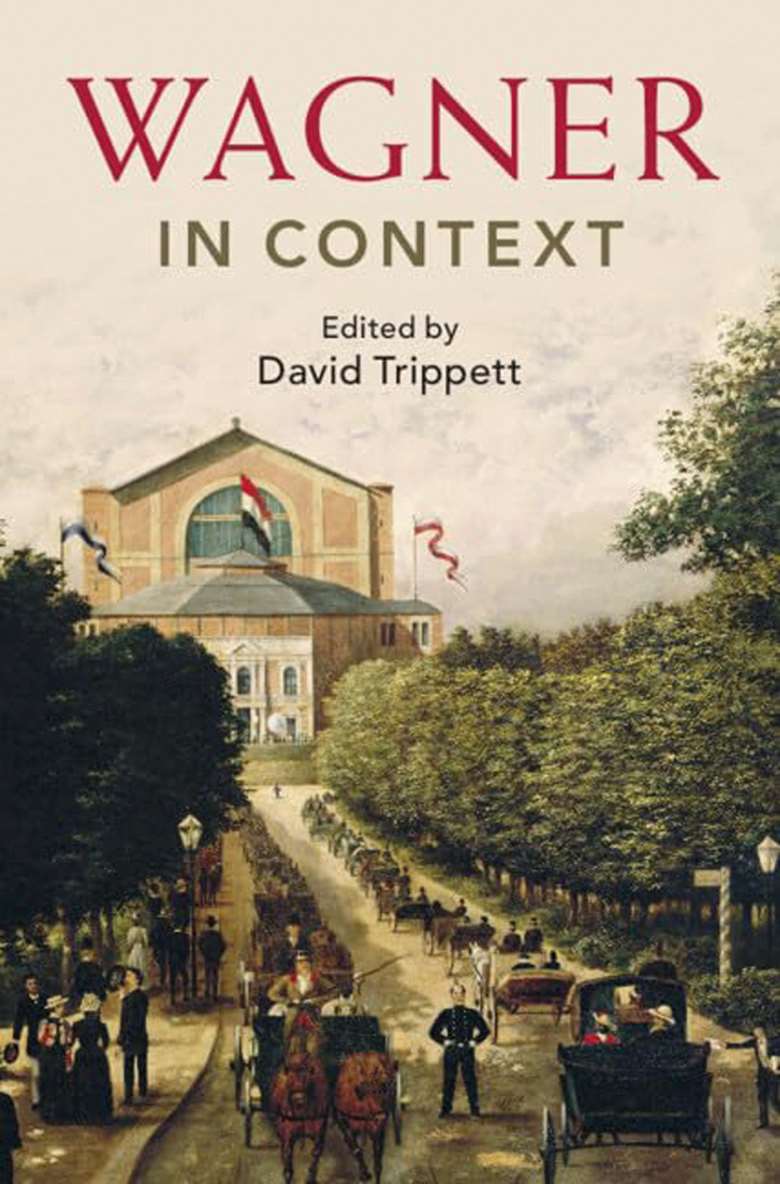Book review - Wagner in Context, Edited by David Trippett
Hugo Shirley
Friday, July 12, 2024
A rewarding read and an ambitious, serious and open-minded addition to the Wagner literature

Register now to continue reading
Thanks for exploring the Gramophone website. Sign up for a free account today to enjoy the following benefits:
- Free access to 3 subscriber-only articles per month
- Unlimited access to our news, podcasts and awards pages
- Free weekly email newsletter










